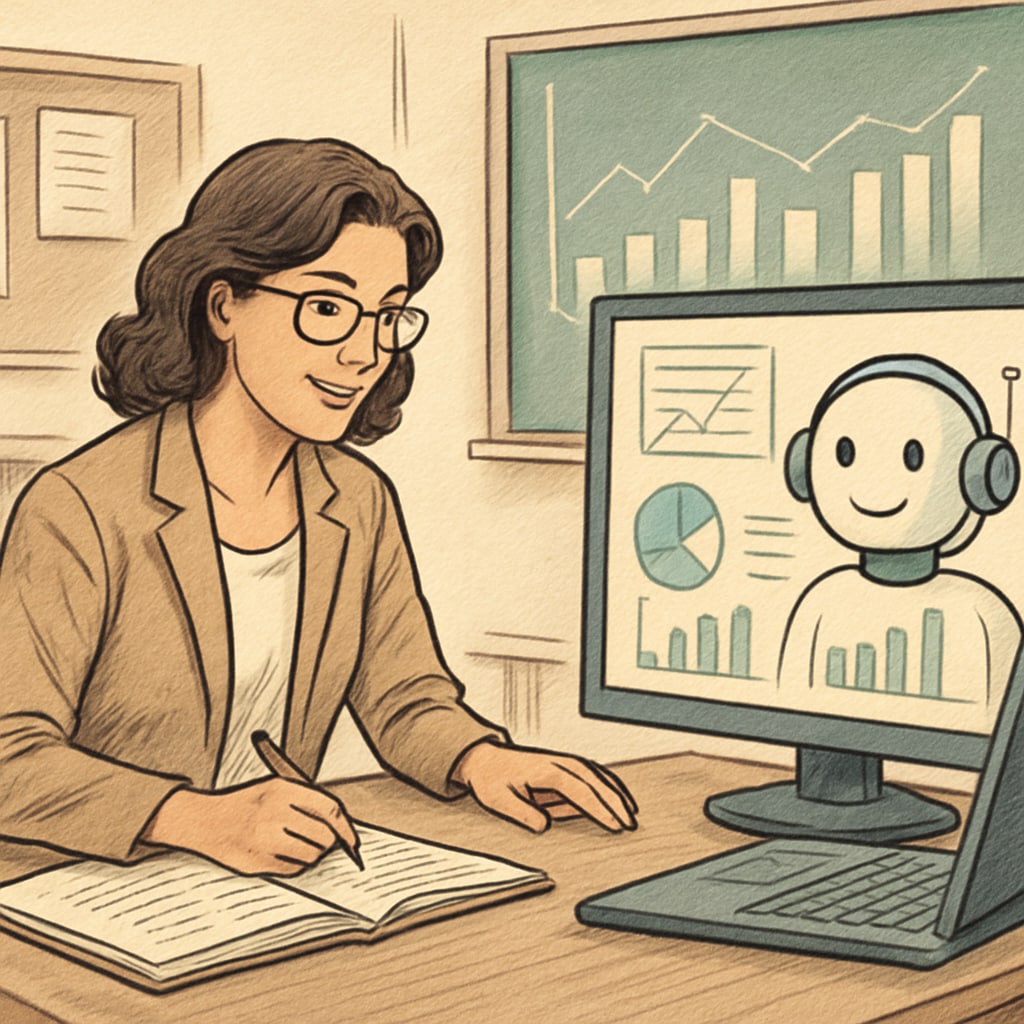Artificial intelligence is poised to revolutionize school education, with its future impact already evident in the evolution of classrooms worldwide. Over the next 5–10 years, AI is expected to transform the K12 education system significantly. From enabling personalized learning experiences to addressing the gaps in resource distribution, this technological wave opens new doors while presenting critical challenges. This article delves into how AI will reshape education and how teachers and administrators can adapt to this impending revolution.
Transforming Personalized Learning in the Classroom
One of the most significant advantages AI offers is its ability to create tailored learning experiences for students. Traditional education systems often follow a one-size-fits-all model, which may not address the varied learning paces and styles of students. AI-driven tools, such as adaptive learning platforms, can analyze individual student data to suggest customized content and exercises. This ensures that each learner receives the specific guidance they need to succeed.
For instance, platforms like Khan Academy have integrated AI to deliver personalized recommendations. These systems help identify areas where students struggle and offer targeted interventions. As a result, students feel more supported and are less likely to fall behind.

Redefining the Role of Teachers in AI-Enhanced Education
While AI introduces automation and efficiency, it does not aim to replace educators. Instead, it redefines their roles. Teachers will transition from being the sole knowledge providers to becoming facilitators of learning. AI can handle routine tasks such as grading assignments, tracking student progress, and even answering frequently asked questions through chatbots. This allows teachers to focus on higher-order responsibilities, such as mentoring students and fostering critical thinking skills.
Moreover, the collaboration between AI and educators can create a dynamic, interactive learning environment. For example, tools like AI-powered virtual assistants can provide real-time feedback, enabling teachers to adjust their instructional strategies efficiently.

Bridging Educational Inequities with AI
One of the most promising aspects of AI in education is its potential to bridge the gap in resource distribution. In many parts of the world, schools face challenges such as overcrowded classrooms, a lack of qualified teachers, and insufficient learning materials. AI can help mitigate these issues by providing access to high-quality digital resources and automated tutoring systems.
For example, AI-powered platforms can deliver lessons in multiple languages, making education accessible to non-native speakers. Similarly, virtual reality (VR) and augmented reality (AR) tools can create immersive learning experiences that are otherwise unavailable in under-resourced schools.
Challenges and Ethical Considerations
Despite its immense potential, integrating AI into education comes with challenges. Data privacy is a significant concern, as AI systems require access to vast amounts of student information to function effectively. Ensuring the security and ethical use of this data is paramount. Additionally, there is a risk of over-reliance on technology, which could undermine the human element in education.
To address these concerns, policymakers and educators must work together to establish clear guidelines for AI deployment in classrooms. Ongoing training for teachers to understand and utilize these tools effectively will also be essential.
The Road Ahead
The future impact of artificial intelligence on school education is both exciting and complex. As we stand on the brink of this transformation, it is crucial for educators, parents, and policymakers to embrace AI while addressing its challenges responsibly. By leveraging its capabilities and maintaining a human-centered approach, we can ensure that the K12 education system evolves to meet the needs of future generations.
In conclusion, AI is not just a tool for efficiency; it is a catalyst for rethinking how we teach and learn. The dawn of smart classrooms marks a significant step toward a more inclusive, personalized, and equitable educational landscape.
Readability guidance: Short, reader-friendly paragraphs and lists have been used to summarize the key points. The article balances technical insights with accessible language, ensuring clarity and engagement for a broad audience.


